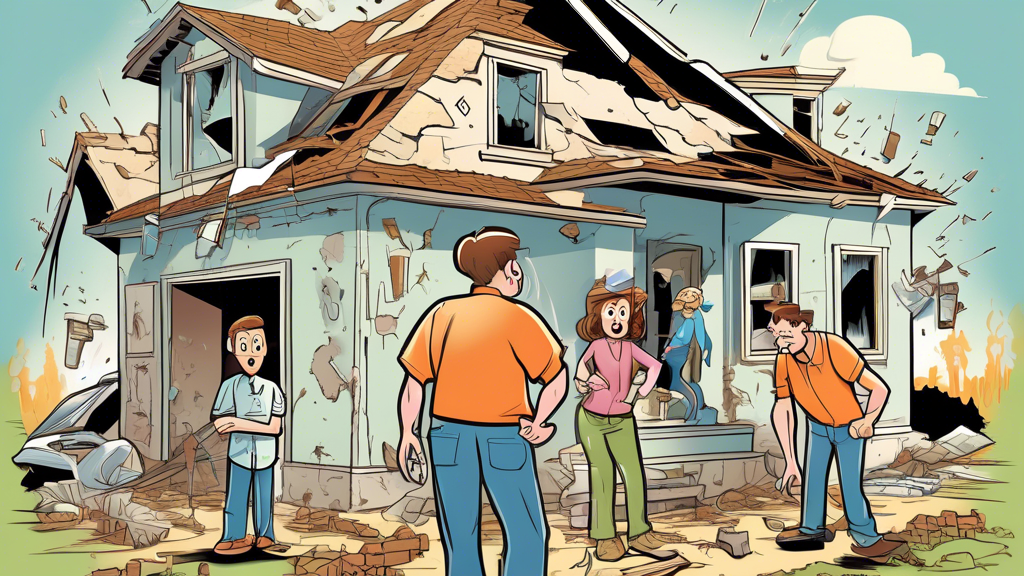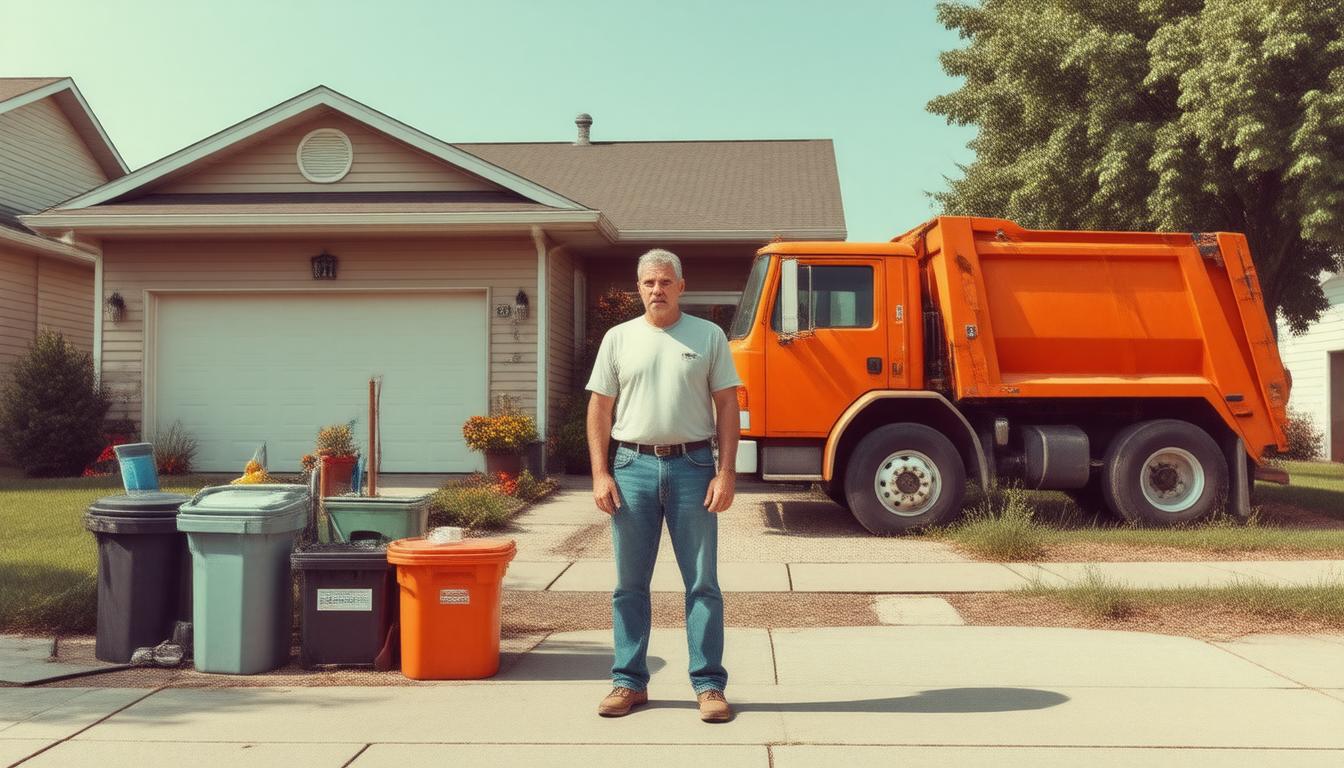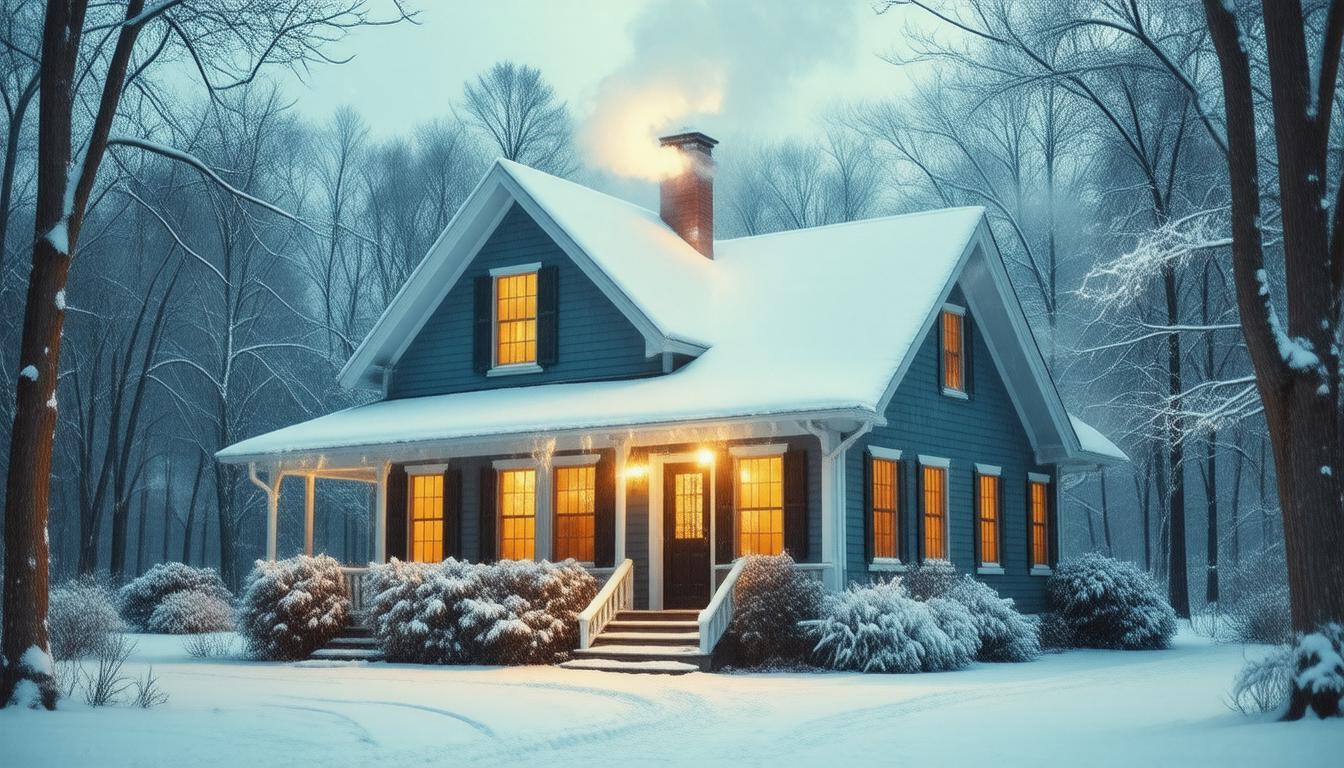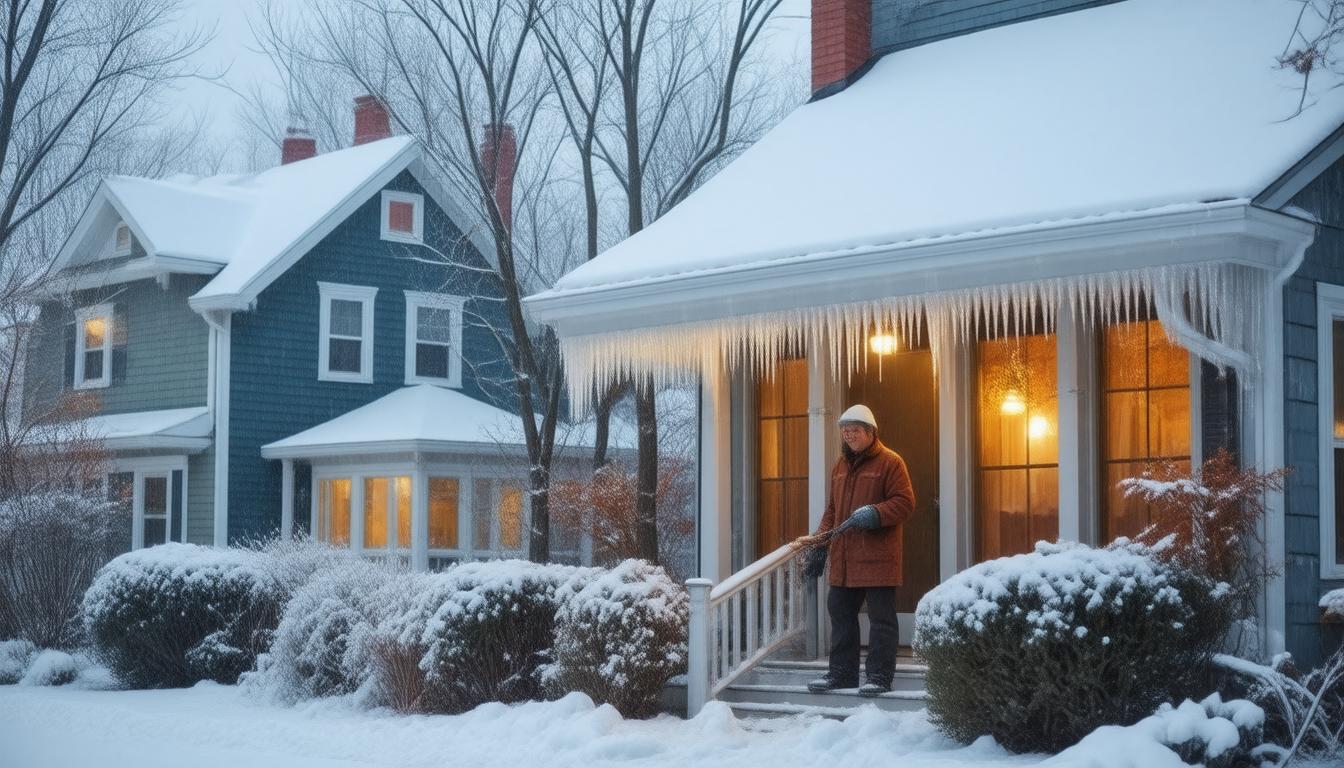

Introduction
Home inspections are a critical step in the process of buying or selling a home. They can uncover potential issues that might be costly to fix or even pose safety hazards. Here are nine common issues that can cause a home to fail an inspection:
1. Structural Problems
Structural integrity is fundamental for the safety and longevity of a home. Common structural problems include issues with the foundation, such as cracks, settling, and shifting. Other areas of concern can be sagging or bowing walls, especially in the basement, and deteriorating support beams or joists. These defects can be caused by a variety of factors, including poor construction, wear over time, or environmental impacts like soil movement.
2. Roof Issues
The condition of the roof is a significant focus during a home inspection. Common problems include missing, loose, or damaged shingles, structural sagging, and poor drainage. These issues can lead to leaks, water damage, and costly repairs if not addressed promptly. The age of the roof also plays a critical role in an inspection, as older roofs are more prone to problems.
3. Electrical System Flaws
Electrical issues are not only a common problem but also pose significant safety risks. Outdated electrical panels, insufficient capacity, faulty wiring, and improper installations are typical issues that can cause a home to fail inspection. Compliance with current local electrical codes is also assessed during an inspection.
4. Plumbing Problems
Plumbing defects are another major cause of home inspection failures. Issues can range from old or corroded pipes, leaks, and problems with the water heater, to improper fittings and slow drains. These problems can lead to water damage or mold growth, both of which require extensive remediation.
5. Poor Ventilation
Poor ventilation can lead to excessive moisture buildup inside the home, promoting mold growth and poor air quality. This issue is particularly prevalent in areas like the bathroom and kitchen, where adequate ventilation is crucial. Inspectors will check for functional exhaust fans and look for signs of moisture damage.
6. Inadequate Insulation
Inadequate insulation can lead to increased energy costs and discomfort in extreme weather conditions. Home inspectors typically check for proper insulation in the attic, walls, and floors. They will also look for any signs of previous insulation issues, such as ice dams or mold growth, which can indicate inadequate insulation.
7. Faulty Heating and Cooling Systems
An inefficient or failing HVAC system can cause a home to fail inspection. Common issues include outdated systems, improper maintenance, and irregular functioning. Since heating and cooling systems are critical for home comfort, inspectors pay close attention to these details.
8. Environmental Hazards
Environmental hazards such as radon, asbestos, lead-based paint, and mold can pose serious health risks and are definitely red flags during home inspections. Inspectors will take samples, where necessary, to test for these hazardous substances, particularly in older homes where they’re more likely to be found.
9. Pest Infestations
Pests can cause a range of issues from minor annoyances to serious structural damage. Termite damage is a common concern, as these pests can compromise the structural stability of a home. Inspectors will look for signs of active infestations as well as evidence of past problems and any damage that has been repaired.
Conclusion
Understanding these nine issues can help sellers prepare their homes for a successful inspection and assist buyers in evaluating potential maintenance challenges. By addressing these problems beforehand, both buyers and sellers can ensure smoother transactions and avoid costly post-sale disputes.







